Introduction
Tomatoes, known scientifically as Solanum lycopersicum, are a staple in many cuisines worldwide. Their versatility, rich nutritional profile, and delightful taste make them a favorite among chefs and home cooks alike. However, preserving the freshness of tomatoes once they are harvested can be a challenge, especially during peak seasons when supplies are abundant. Improper storage can lead to rapid deterioration, characterized by softening, loss of flavor, and the development of mold or rot. This article delves into the various methods for preserving the freshness of tomatoes, focusing on practical techniques that anyone can implement at home. By understanding the basic biology of tomatoes and the factors that influence their shelf life, we can devise effective strategies to extend their usability and enjoy their bounty for longer periods.
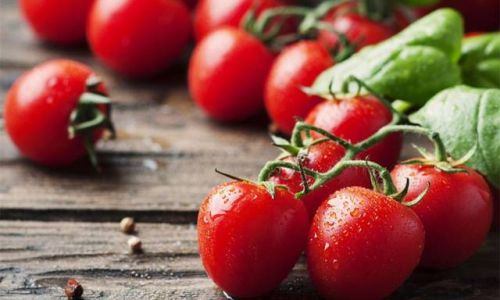
Understanding Tomato Biology
Tomatoes are a type of fruit, botanically speaking, despite being treated as a vegetable in culinary contexts. They are rich in water content (around 94%), vitamins (such as C and K), minerals, antioxidants, and lycopene, a compound known for its potential health benefits. The high water content makes tomatoes particularly susceptible to spoilage, especially under conditions that promote dehydration or microbial growth.
Tomatoes undergo a series of physiological changes post-harvest, including the ripening process, which involves the conversion of chlorophyll to lycopene, giving the fruit its characteristic red color. This process continues even after the tomato is picked, albeit at a slower rate once detached from the plant. Understanding these changes is crucial for developing effective preservation strategies.
Factors Affecting Tomato Shelf Life
Several factors influence how long tomatoes remain fresh and edible:
-
Variety: Some tomato varieties are inherently more resilient than others. Heirloom tomatoes, for instance, may have a shorter shelf life compared to hybrid varieties bred for durability.
-
Ripeness at Harvest: Tomatoes that are fully ripe when picked tend to spoil faster than those harvested slightly unripe (breaker stage) and allowed to ripen off the vine.
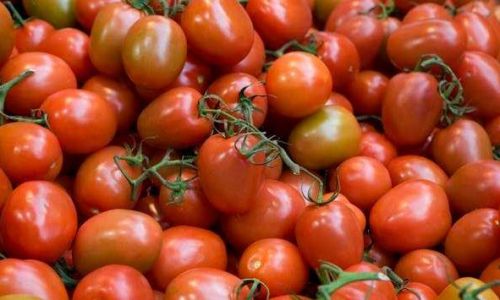
-
Temperature: Tomatoes thrive and store best at temperatures between 50-55°F (10-13°C). Warmer temperatures accelerate ripening and spoilage, while colder temperatures can damage the fruit’s texture and flavor.
-
Humidity: High humidity helps maintain the tomato’s moisture content, slowing dehydration. Conversely, low humidity can lead to shriveling.
-
Handling and Packaging: Rough handling can bruise tomatoes, providing entry points for microbes. Proper packaging, such as using perforated plastic bags, can help regulate moisture and gas exchange.
-
Pests and Diseases: Infestations or infections can shorten a tomato’s lifespan significantly.
Storage Techniques for Fresh Tomatoes
Given these factors, several techniques can be employed to preserve the freshness of tomatoes:
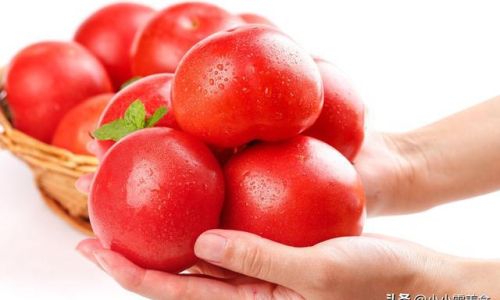
Refrigeration
While tomatoes don’t thrive in cold temperatures, refrigerating them can extend their shelf life by slowing down the ripening process and inhibiting microbial growth. However, it’s crucial to store them correctly to avoid chilling injury, which manifests as pitting, mealy texture, and loss of flavor.
- Method: Place tomatoes in the crisper drawer of your refrigerator, where temperatures are usually more stable and slightly higher than the main compartment. Avoid storing them directly on the refrigerator shelves, as this can expose them to colder temperatures and cause damage.
- Tips: Use perforated plastic bags or wrap tomatoes loosely in paper towels to maintain humidity without promoting mold growth. Check them regularly for signs of chilling injury.
Countertop Storage
For immediate consumption, storing tomatoes on the countertop is a simple and effective method. This allows the fruit to continue ripening naturally, maintaining optimal flavor and texture.
- Method: Place tomatoes in a single layer on a kitchen counter or windowsill away from direct sunlight. Ensure they are not stacked or crammed, which can cause bruising.
- Tips: Rotate tomatoes regularly to ensure even ripening. Remove any that show signs of spoilage immediately to prevent the spread of mold.
Canning and Freezing
For long-term preservation, canning and freezing are viable options that allow you to enjoy tomatoes even when they are out of season.
-
Canning: Involves processing tomatoes in boiling water or a pressure canner to sterilize them and seal them in airtight jars. This method preserves tomatoes’ texture and flavor for up to a year.
- Steps: Wash and core tomatoes, then blanch them briefly in hot water to soften the skin. Pack them into clean jars, leaving headspace for expansion. Process in a boiling water canner for about 45 minutes (for quart jars) or use a pressure canner according to manufacturer instructions.
- Tips: Use canning jars specifically designed for this purpose and follow safe canning practices to avoid botulism.
-
Freezing: A quick and easy method that retains tomatoes’ nutritional value but may alter their texture slightly upon thawing.
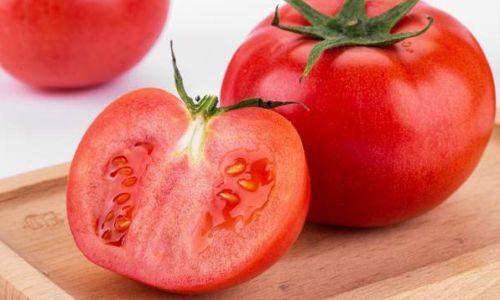
- Steps: Wash and core tomatoes, then blanch them for about two minutes in boiling water. Plunge them into ice water to stop the cooking process. Remove the skin and seeds if desired, then puree, chop, or leave whole. Pack in freezer-safe containers or bags, leaving some headspace for expansion.
- Tips: Label containers with the date and use frozen tomatoes within six to eight months for best quality.
Drying
Tomato drying, or sun-drying,浓缩了番茄的风味,使其成为烹饪中的宝贵调料,虽然这种方法不保留番茄的原始形态,但它极大地延长了保存期限。
- Method: Slice tomatoes thinly and remove seeds if preferred. Lay them out on clean, dry trays in a sunny, well-ventilated area. Alternatively, use a food dehydrator set to a temperature between 120-135°F (49-57°C). Dry until the slices are leathery and brittle.
- Tips: Store dried tomatoes in airtight containers in a cool, dark place. They can be rehydrated in water or used directly in recipes.
Pickling and Fermenting
Pickling and fermenting tomatoes transforms them into tangy, preserved delights that can be enjoyed year-round.
-
Pickling: Involves immersing tomatoes in a vinegar-based brine to create a pickled product.
- Steps: Wash and core tomatoes, then pack them into clean jars. Prepare a pickling solution (usually vinegar, water, sugar, and spices) and pour it over the tomatoes, ensuring they are fully submerged. Process in a boiling water canner.
- Tips: Use fresh, firm tomatoes for pickling and follow recipes closely to ensure safety and quality.
-
Fermenting: A natural preservation process that uses beneficial bacteria to create lactic acid, preserving the tomatoes and enhancing their flavor.
- Steps: Wash and core tomatoes, then place them in a clean, non-reactive fermentation vessel. Add a brine solution (saltwater) and weight the tomatoes to keep them submerged. Allow to ferment at room temperature for several days to weeks, burping the jar daily to release gas.
- Tips: Fermentation requires careful monitoring to prevent contamination. Use clean utensils and follow established guidelines for safe fermentation practices.
Conclusion
Preserving the freshness of tomatoes is a multifaceted endeavor that requires an understanding of the fruit’s biology and the factors that influence its shelf life. By employing a combination of refrigeration, countertop storage, canning, freezing, drying, pickling, and fermenting, you can ensure that your tomatoes remain fresh, delicious, and nutritious for extended periods. Each method offers unique benefits and suitability for different needs, from immediate consumption to long-term storage. With the right techniques, you can harness the bounty of the harvest and enjoy tomatoes throughout the year.
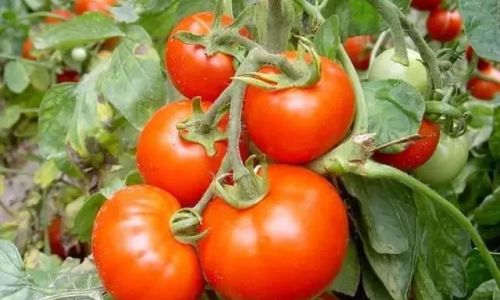
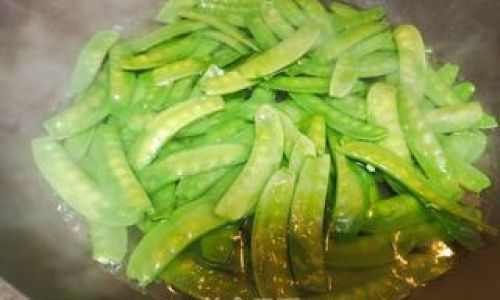
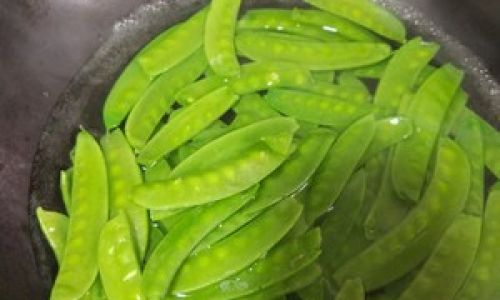
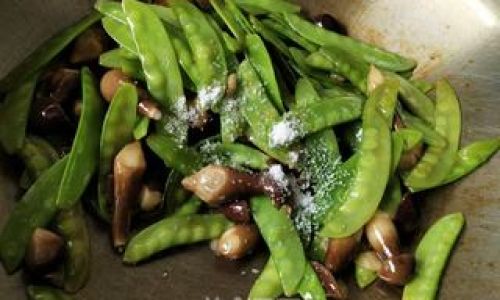
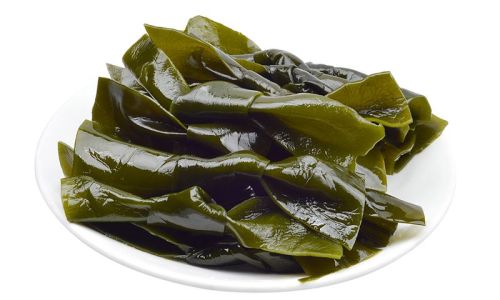


0 comments